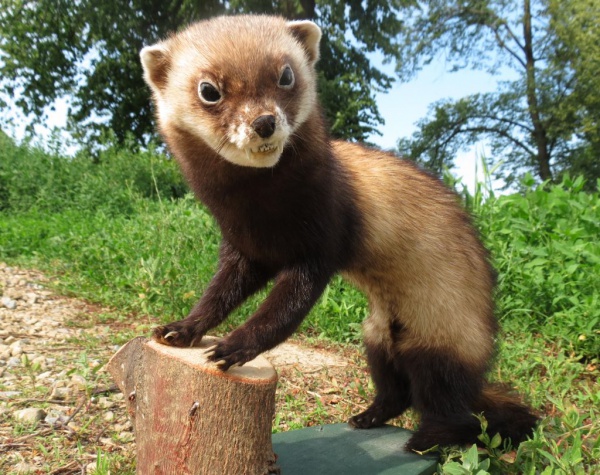Facts About Steppe polecat
The steppe polecat, also known as the white or masked polecat, is an intriguing mustelid species found across Central and Eastern Europe and Central Asia. Thanks to its wide distribution, presence in protected areas, and adaptability to changing habitats, it is classified as Least Concern by the IUCN.
Compared to its relative, the European polecat, the steppe polecat is larger and possesses a more robust skull. This nomadic animal typically inhabits an area until it exhausts its primary prey, primarily ground squirrels. The mating season spans from March to May, with females giving birth to litters of three to six kits after a gestation period of 36-43 days.
From an evolutionary perspective, the steppe polecat diverged from the European polecat approximately 1.5 million years ago. It is more carnivorous, specializing in hunting larger rodents such as pikas and marmots. While it closely resembles the European polecat, the steppe polecat features a longer body, heavier skull, and distinctive fur patterns. Seven subspecies are recognized, with some populations, particularly in western Siberia, exhibiting gigantism.
Behaviorally, the steppe polecat is not territorial and frequently occupies the burrows of various mammals for shelter. It hunts larger prey compared to the European polecat, including ground squirrels, hamsters, pikas, and marmots. This species remains active in winter and migrates to more favorable areas when heavy snowfall occurs.
The steppe polecat's range extends from Central Europe to China, with sightings even at high altitudes in Nepal. Despite its resilience, the species faces threats from diseases such as sylvatic plague and tularemia, as well as parasitic infections. Historically, the steppe polecat has been valued for rodent control and the fur trade, particularly in the former Soviet Union. However, its populations have declined due to habitat alterations and human activities.

 Norway
Norway